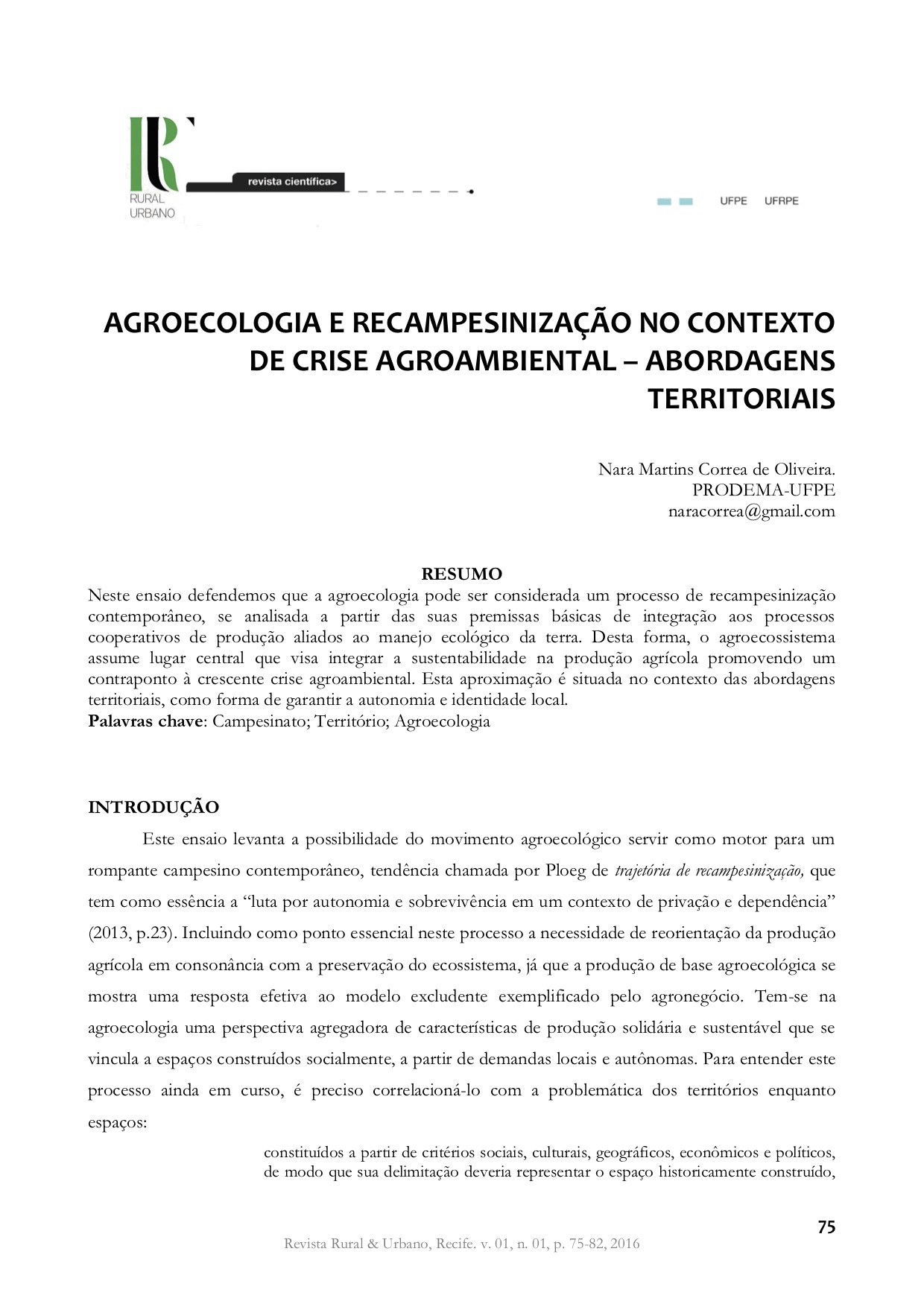Tropical landscapes in transition? : Widespread land-use change and measures to maintain forests, carbon stocks and biodiversity in North and East Kalimantan, Indonesia
The production of commodities such as palm oil and pulpwood is leading to large-scale land use change in the rural tropics to fulfil the demands of the increasing world population and overall living standard. On the one hand, such land use changes provide income to companies, smallholders and government actors. On the other hand, these can lead to land use conflicts and declines in forest cover, biodiversity, carbon stocks, and local food production.








